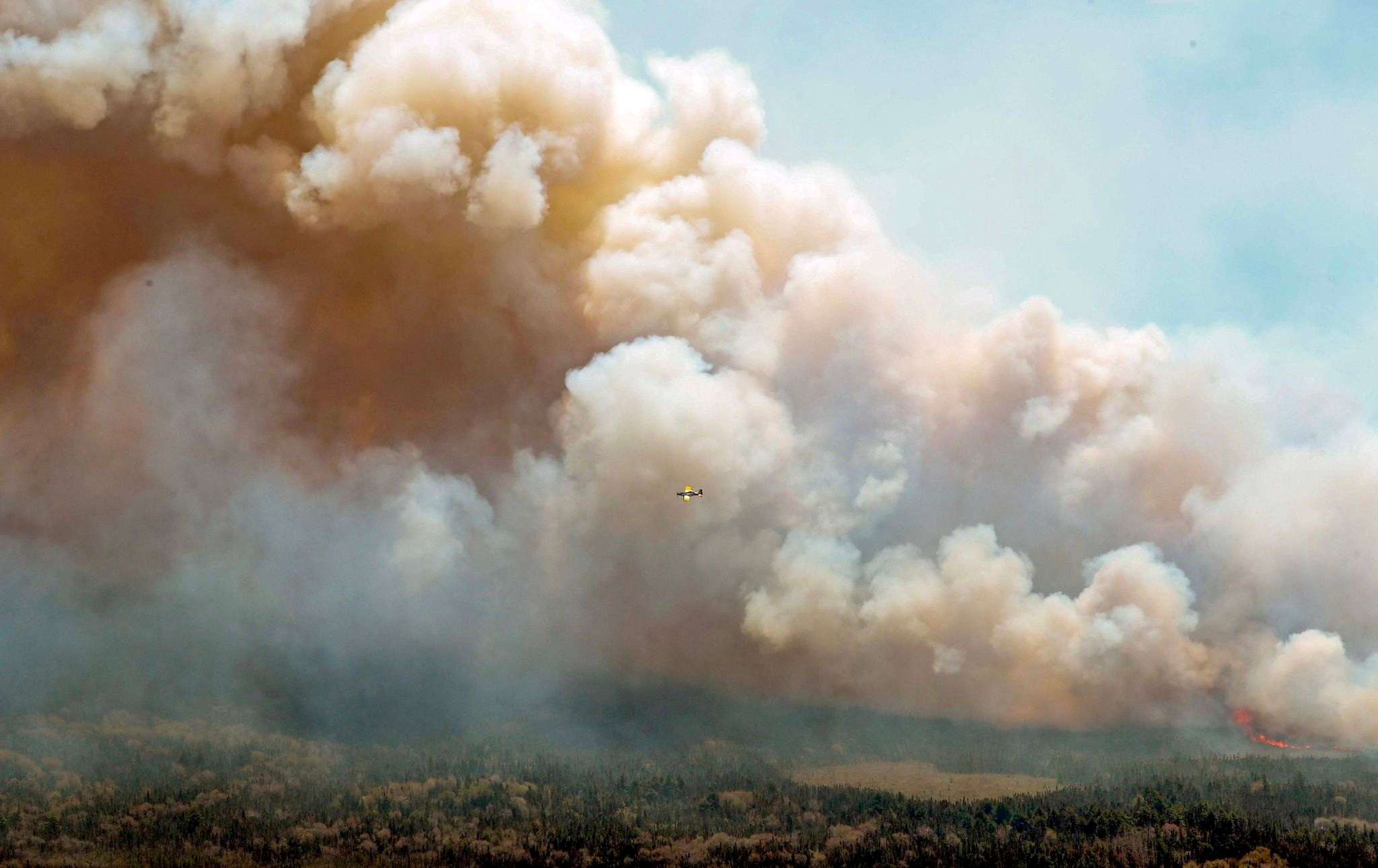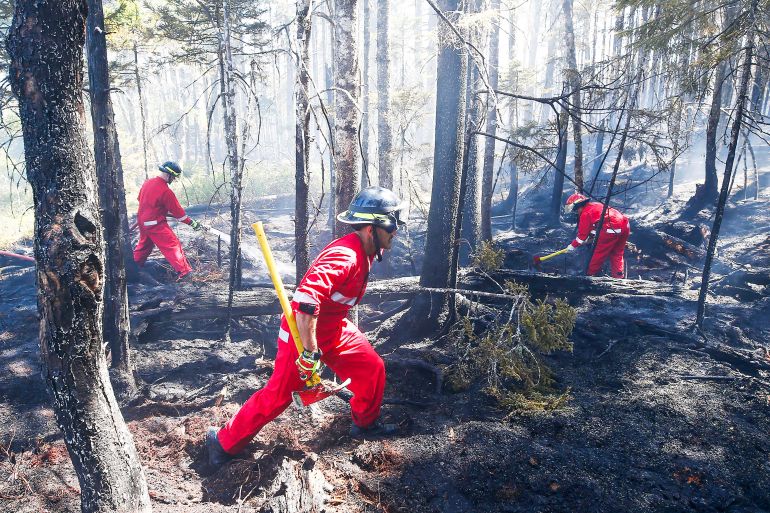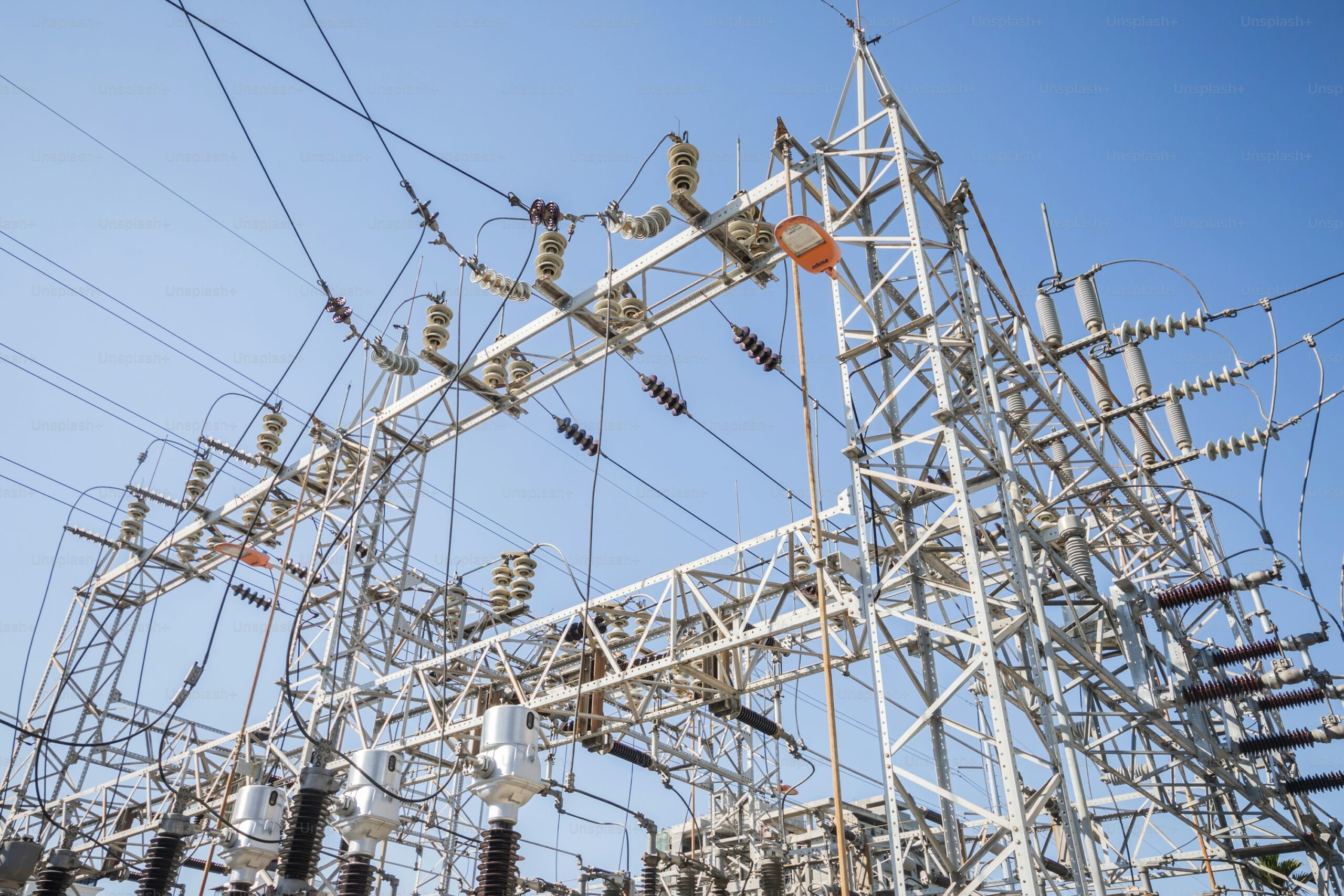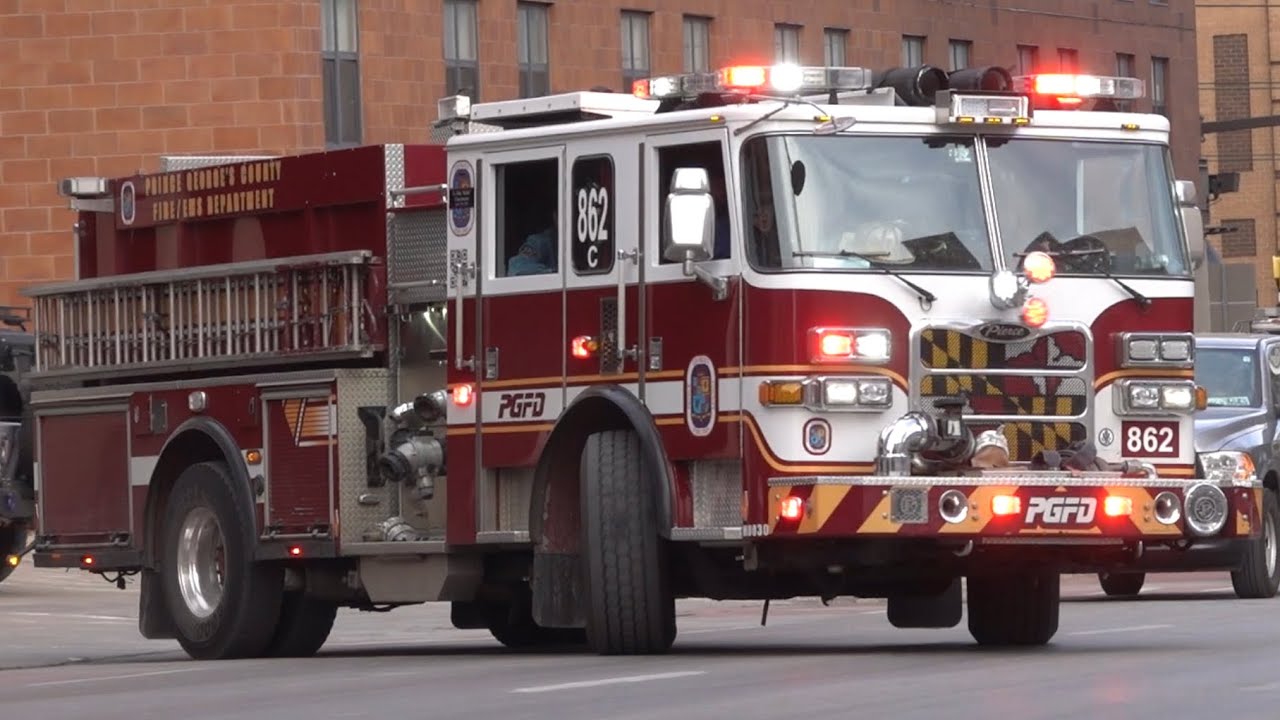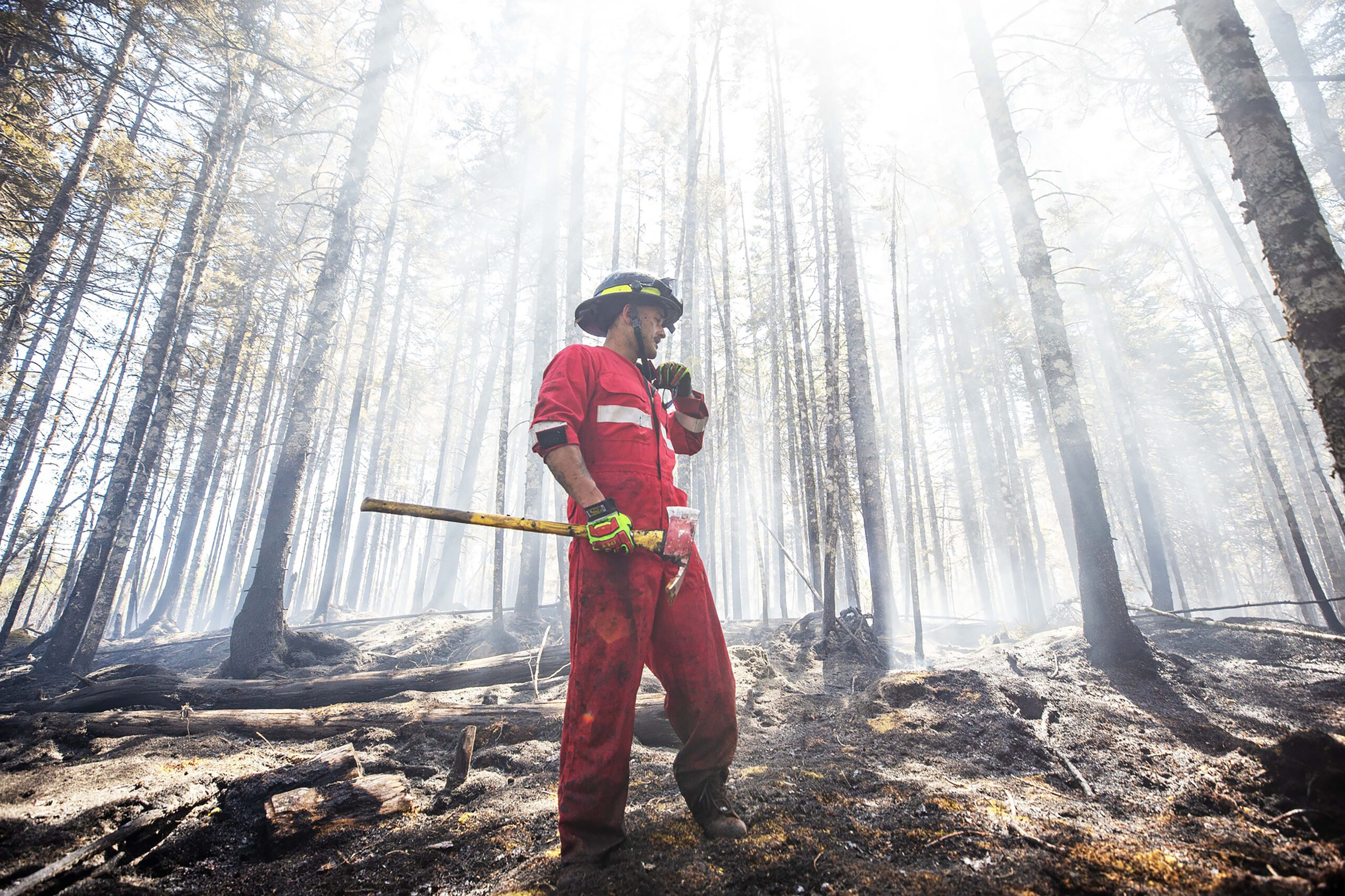
More than 400 wildfires continue to burn across Canada, forcing thousands of people, at least 20 of them IAFF members, from their homes and sending a smoky haze over the border into the United States.
Nearly 10 million acres and hundreds of homes, including the homes of two Halifax, NS Local 268 members and one member of Halifax Naval Yard Local F-65, have burned in these unprecedented fires. The IAFF, through its Foundation, is providing disaster relief assistance to these members.
“Our members across Canada are working hard to protect their communities from these devastating wildfires,” said General President Edward Kelly. “And, while they do, the IAFF will provide the full weight of its resources to any member impacted by the fires.”
Canadian IAFF members have been deployed to protect the urban interface in multiple jurisdictions. And U.S. President Joseph Biden authorized the deployment of 600 fire fighters to assist Canada. In total, 1,000 foreign fire fighters have been sent, with more expected to follow.
The hazy and dangerous fumes from ongoing wildfires in Canada have engulfed the skies over much of the Northeast, prompting severe air quality alerts in at least 20 states from Missouri to Massachusetts.
Due to the reduction in visibility, several flights were grounded. Additionally, businesses and schools in impacted cities in the United States modified operations to keep employees and students inside as much as possible.
The U.S. National Weather Service expects the air quality to improve when the weather begins to shift on June 10 or 11.
The Federal Emergency Management Agency (FEMA) has released some recommendations for reducing the risk of wildfire smoke, especially for at-risk groups like children, older adults, and people with asthma:
-
- Check the Air Quality Index or Air Now Fire and Smoke Map to make informed decisions about daily activities.
- If air quality is compromised outside, stay inside when possible.
- Stock up on medicine and essential supplies to minimize outdoor shopping trips. Use home delivery if possible.
- Use air conditioners, heat pumps, fans, and window shades to keep air space comfortably cool on hot days. Try to avoid using equipment that circulates in air from the outside.
- Limit outdoor exercise when it is smoky outside or choose lower-intensity activities to reduce smoke exposure.
- Use an N95 respirator for protection from wildfire smoke.
